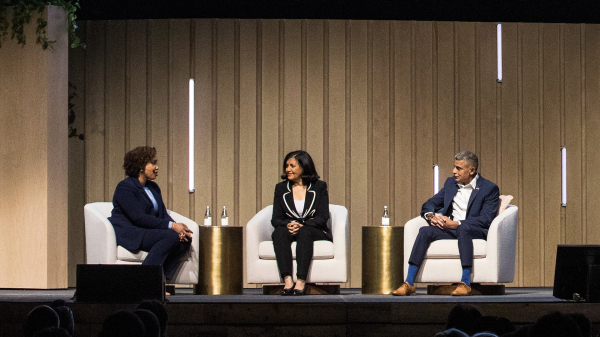USPS teams with Google Cloud for call center relief

The U.S. Postal Service plans to reduce wait times on about 80 million customer calls fielded annually through a partnership with Google Cloud announced Thursday.
USPS awarded Carahsoft — Google Cloud’s authorized distributor for public sector clients — a cloud contract with a $50 million ceiling covering customer experience and mail delivery solutions.
Increased delivery competition from new carrier services like Amazon has the postal agency reinventing itself, and call center customer experience is “one of the bigger pain points,” Mike Daniels, vice president of global public sector at Google Cloud, told FedScoop.
“Their call wait times are very unacceptable. They’re limited in what they can do with respect to staffing; you can’t just throw more people at it,” Daniels said. “It’s super expensive and risk fraught to tear out the agent console.”
The world’s largest mail delivery operation, USPS has about 630,000 employees, but its call center can’t handle current call volume.
In November, the agency launched its first Google Cloud pilot aimed at answering customers’ questions about obtaining passports.
Google Cloud’s Dialogflow Enterprise Edition creates artificial intelligence virtual agents (AIVAs) that can respond to customers more quickly than USPS employees.
AIVAs use the same conversational technology as Google Assistant and will eventually be incorporated into the agency’s call center technical architecture. That means customers will be able to access AIVAs by calling the agency, visiting its website or even texting.
Dialogflow will also be used to establish conversational interfaces across the agency’s websites, mobile applications, messaging platforms and Internet of Things devices. Future iterations will allow customers to search ZIP codes, nearby post offices, and instructions on shipping valuable items and tracking packages.
Forthcoming pilots will not be limited to customer experience solutions, Daniels said.
“Postal is really looking to transform everything they’re doing from a production, back-end standpoint,” he said. “From true production systems that deliver the mail to customer interaction systems.”






